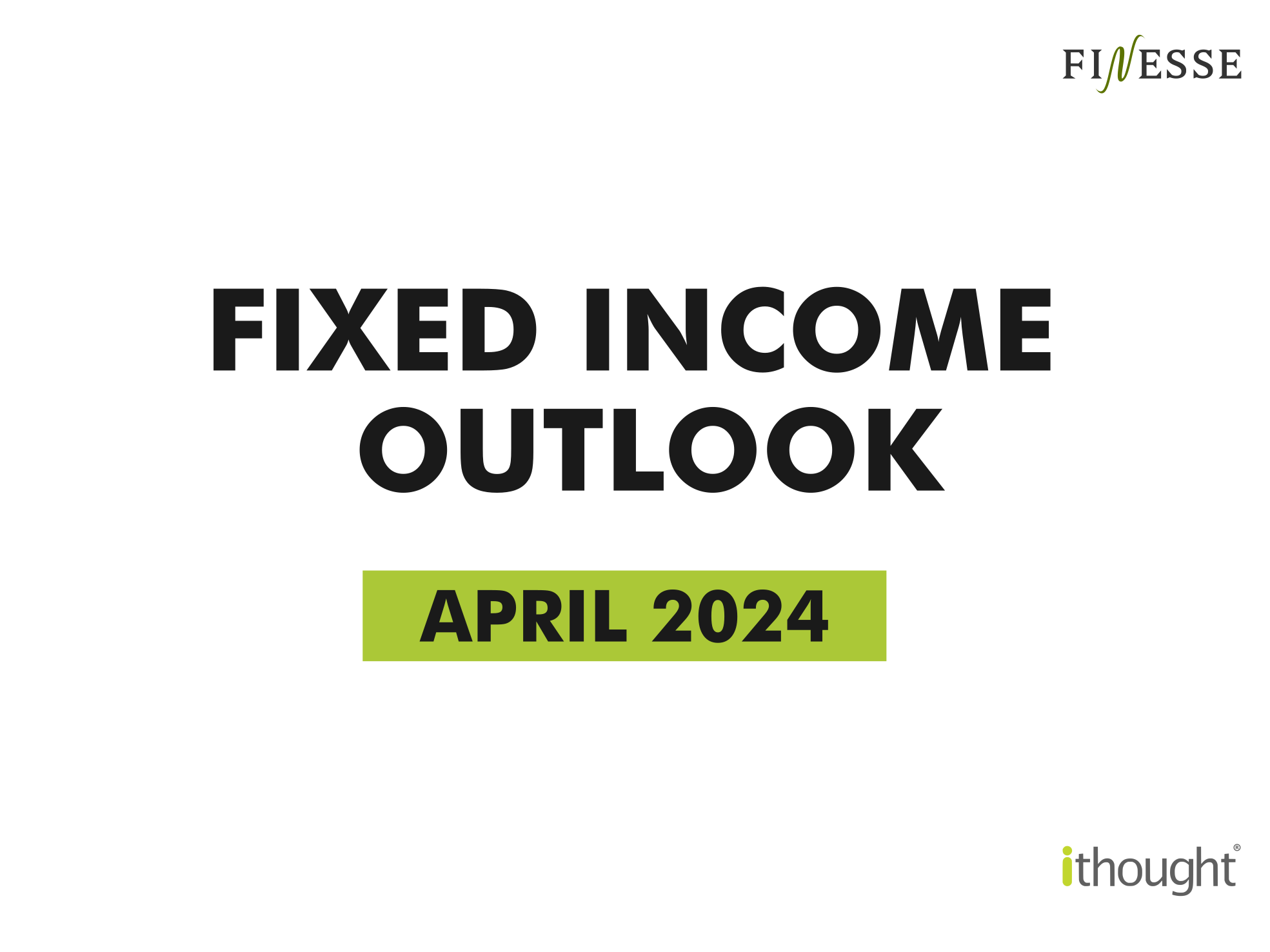The IPO and stock investing are almost synonymous to the investor. Investors view the IPO as the most preferred entry point into the stock market. The reasons are historic. The IPO had a history of delivering great returns if the investor stuck to quality companies. But, that was in a different era before liberalization started in 1992. Pricing in the pre-liberalization era was fixed by an agency called CCI (controller of capital issues, which was an arm of the Government. This agency always forced companies to under-price issues. Therefore, investors benefited as the IPO issues of well-managed blue chip companies were always below the fair value. But, liberalization changed all that and the game changing event was the abolition of the CCI and the advent of free pricing of issues.
Free pricing of issues changed the rules of the game. Power shifted from the investor’s hand to the issuer. Post abolition of CCI pricing, power shifted to the merchant banker. Companies chose merchant bankers on the basis of who offered to raise money at the highest price. Merchant bankers built their business on their ability to market issues at higher valuations. Essentially, when merchant bankers succeeded in raising money at higher valuations, investors were the losers. Merchant bankers competed with each other to get IPO mandates of companies and success inevitably was always on the basis of getting higher valuations for promoters. So, hype was a commonly used marketing tool and investors were drawn in to invest in IPO’s at high valuations. The immediate performance of the company did not even matter in cases where the hype was over bearing. The Reliance Power IPO was a high point in this game of beguiling investors.
The IPO has become a game of beguiling investors over the past two decades. Many manipulative practices have been used to achieve this. Let me list some important ones as they have to be addressed to be a part of the solution.
1. GREY MARKET TRADING.
2. LISTING SPECULATION.
3. CIRCULAR TRADING.
4. CREATING OVERSUBSCRIPTION.
Let me not waste your time explaining the above as most investors are aware of these techniques. The sad reason why investors have lost money in IPO’s is that many of us actually hope to profit from these malpractices. Mostly, greed lands such investment decisions in great misery. It is this misery which has taunted investors through most of the years of IPO investing post abolition of CCI.
But there are simple solutions which SEBI can bring forehand to change the game completely. Here is my FIVE POINT AGENDA.
1. TRADE TO TRADE METHOD ON LISTING – Companies must be allowed to trade only in the trade to trade segment for a fixed period of 60 trading sessions on listing. This will completely take the wind out of the sails of the circular trading method of rigging prices on listing. Price discovery will happen in an orderly way and demand-supply will be on the basis of actual investment interest. This will also ensure that the shares are compulsorily diverted to the individual investor’s demat account and not held in brokers trading account. Regulators can monitor any manipulations online on a real time basis and initiate swift action on any rigging activity.
2. ONLINE IPO – The IPO itself can be conducted through the stock exchanges where investors deposit money to the exchange and place their bids. This must be done against 100% margin. Investors will be in a position to know how fellow investors are bidding and can make fresh bids as market forces work to discover the fair price of an IPO.
3. JUDICIOUS USE OF CIRCUIT FILTERS – When we have a system where we have trade to trade, there is no need for circuit filters and these can be done away with. When the shares shift from trade to trade to the regular trading system, the circuit filters must be higher at 20-25 %. This will virtually make it impossible for operators to rig prices as they run the risk of buying too much of the float and getting saddled with all the stocks. Distributing large quantities of stocks through price rigging will become virtually minimized. The present system of circuit filters actually favors the price riggers as they are free to create circular trading. The use of circuit filters and the implementation of trade to trade must be done in tandem and sequentially as SEBI deems fit.
4. MONITORING OF MERCHANT BANKERS and MARKET MAKERS – SEBI must have guidelines for merchant bankers and market makers to make daily disclosures of their actions in market trading. They must also be audited by SEBI periodically with strict operating covenants in place and adherence to best practices in operation. Trading accounts must be designated and monitored for market making.
5. MONITORING END USE OF MONEY FROM IPO – Companies must be forced to provide SEBI with details of actual end use of money on transaction basis till they exhaust the IPO proceeds. Every transaction must be reported however trivial they may be. SEBI can have clear visibility of diversion of online proceeds from designated IPO accounts and monitor any misuse of IPO funds in price rigging.
As an investor who has watched the entire gamut of IPO rigging over the past two decades, i believe that SEBI is well placed to clean this mess. All it needs to do is to ignore the merchant banking industry’s lobbying and put investor’s interest above all else. My memory goes back to the opposition SEBI faced when NSE launched online trading. SEBI achieved what it wanted and we have reliable and robust trading platforms on NSE & BSE. SEBI must now deliver us a reliable and robust IPO platform and this five point agenda is a simple prescription of a solution.



